DaVinci Resolve 20: Record Voiceovers Like a Pro with This Cool New Feature!
June 13, 2025
Davinci Resolve Tutorial

Recording voiceovers in DaVinci Resolve 20 has never been easier. In this guide, I’ll walk you through the entire process — from setting up your project correctly to using a built-in prompter that makes recording voiceovers 100 times easier.
Let’s dive in.
Setting Up Your Project
When you open DaVinci Resolve, the first step is to select the correct media storage location.
Here’s how:
• Click on Change Location while creating your project.
• Select your preferred folder (for example, a folder named "Voice Over" on your desktop).
• Name your project and hit Create.
If you forget to set the location at the start — don’t worry, you can change it later.
Two Ways to Record Voiceovers
DaVinci Resolve now offers two options to record voiceovers:
1. Edit Page
2. Cut Page (Don’t skip this — the best feature is here!)
Recording Voiceovers on the Edit Page
Start by creating a basic timeline with audio tracks.
Click the Voice Over button and a new window will pop up.
Key Settings:
• File Name: Choose what you want to name the voiceover file.
• Audio Input: Select the correct microphone (you’ll see audio levels if it’s set correctly).
• Record Track: Choose the audio track where your voiceover will be recorded (e.g., Audio 2).
Additional Options:
Click the three dots to explore:
• Input Monitoring: Listen to your own voice in real-time.
• Adjust Decibel Levels: Optional but available.
• 3-Second Countdown Timer: Useful for prepping before recording.
• Mute Timeline Audio: Silences other audio while you record.
• Stereo Input: Switch from mono to stereo recording.
• Hide Options: Collapses the settings for a cleaner view.
Recording:
Click Record — you’ll see the countdown: 3, 2, 1 — and the voiceover will start recording on the selected track.
Click the button again to stop. Your voiceover file will appear in the media pool and will be automatically saved in the project’s folder.
You can find it by navigating to:
Project Name > Audio Files > Voice Over > Timeline Name > [Your File]
Recording Voiceovers on the Cut Page
Click the Voice Over button on the Cut page to access the same core settings:
• Microphone selection
• Stereo toggle
• Record track selection
• Input monitoring
• Countdown timer (with a 5-second option here)
Location Flexibility:
You can change the storage location from the Cut page if you missed it during project setup.
Additional Audio Tools:
• Voice Isolation
• Dialog Leveler
• Stereo Fixer
These can be enabled while you’re recording for cleaner sound.
The Game-Changing Feature: Built-In Script Prompter
Here’s what makes this update truly stand out.
On the Cut page, click the Script Menu and load your voiceover script (supports .txt files).
Enable Prompter Overlay and DaVinci Resolve will display your script as a teleprompter — right inside the software!
Prompter Customization:
• Adjust Font Size
• Set Line Spacing (140% or 150%)
• Control Side Margins
• Tweak Background Opacity (helpful if you have video playing in the background)
Pro-Tip:
The script speed depends on your timeline length.
• Short timeline = Fast script speed
• Long timeline = Slow script speed
Make sure to adjust the timeline to match your reading pace.
Final Thoughts
Recording voiceovers in DaVinci Resolve 20 is now not just simple — it’s smart.
You can monitor your audio, use built-in cleanup tools, and even read your script smoothly without leaving the software.
If this tutorial helped you, consider sharing it with your friends, and consider 🔗Subscribing to my YouTube Channel for more! I regularly post tutorials on DaVinci Resolve, creative workflow tips, and even tech reviews.
Also check out my 🔗Gumroad shop for affordable motion graphic packs, and my 🔗blog for weekly tips and behind-the-scenes content.
🚀 By the way…
If you’re a podcaster looking for a reliable freelance video editor to handle your podcast edits with precision, great pacing, and modern motion graphics,
I offer freelance podcast video editing services on Contra.
You can check out my work and hire me directly through my Contra profile 🔗[HERE]
Thanks for reading, and I’ll see you in the next one!
* with sam
Made in मुंबई
©WITH SAM 2025 ALL RIGHTS RESERVED


